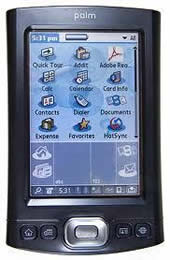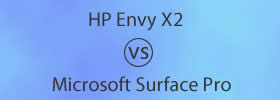Difference between Single User and Multi-User Operating System
Key Difference: A single-user operating system is a system in which only one user can access the computer system at a time. On the other hand, a multi-user operating system allows more than one user to access a computer system at one time.
 An operating system is one of the most important programs that run on a computer or server. It is referred to as the underlying software that helps in carrying out basic functions like running programs, managing resources, manipulating files, controlling the keyboard and screen, etc. See: Difference between DOS and Windows.
An operating system is one of the most important programs that run on a computer or server. It is referred to as the underlying software that helps in carrying out basic functions like running programs, managing resources, manipulating files, controlling the keyboard and screen, etc. See: Difference between DOS and Windows.
A single user operating system provides the facilities to be used on one computer by only one user. In other words, it supports one user at a time. However, it may support more than one profiles. Single keyboard and single monitor are used for the purpose of interaction. The most common example of a single user operating system is a system that is found in a typical home computer. Also, see the difference between Android and Windows.
On the other hand, a multi-user operating system has been designed for more than one user to access the computer at one time. Generally, a network is laid down, so that a computer can be remotely used. Mainframes and minicomputers work on multi-user operating systems. These operating systems are complex in comparison to single user operating systems. Each user is provided with a terminal and all these terminals are connected to the main computer. In a multi-user environment, it is very important to balance the requirements of the users, as the resources of the main computer are shared among the users.
Comparison between Single User and Multi-User Operating System:
|
|
Single User |
Multi-User |
|
Definition |
A single user operating system provides facilities to be used on one computer by only one user. |
A multi-user operating system has been designed for more than one user to access the computer at the same or different time. |
|
Types |
Single user, single task: A single task is performed by one user at a time. Example- The Palm OS for Palm handheld computers. Single user, multi-task: Several programs are run at the same time by a single user. For example- Microsoft Windows. |
Time-sharing systems: These systems are multi-user systems in which CPU time is divided among the users. The division is made on the basis of a schedule. Most batch processing systems for the mainframe computers can also be considered as ‘multi-user.’ |
|
Attributes |
Simple |
Complex |
|
Examples |
Windows 95, Windows NT Workstation and Windows 2000 professional. |
Unix, Linux, and mainframes such as the IBM AS400. |
Also see: Difference between Linux and UNIX
Image Courtesy: thelinuxdesk.com, physinfo.ulb.ac.be









Comments
Sarah Mano
Sat, 06/25/2016 - 09:33
wharun chowdary
Thu, 06/23/2016 - 15:39
ed
Sat, 03/05/2016 - 13:24
Really helpful thanx for this help.!!!!!
mohit kashania
Tue, 04/21/2015 - 16:57
Windows NT is multi user OS
snehil
Tue, 07/22/2014 - 23:29
THIS HELPED ME AND LOVED THE WAY THAT IT WAS SET UP IN A TABLE
NELZ
Thu, 03/20/2014 - 04:43
it is write in very easy language.
bhavana
Mon, 02/24/2014 - 06:38
Pages
Add new comment